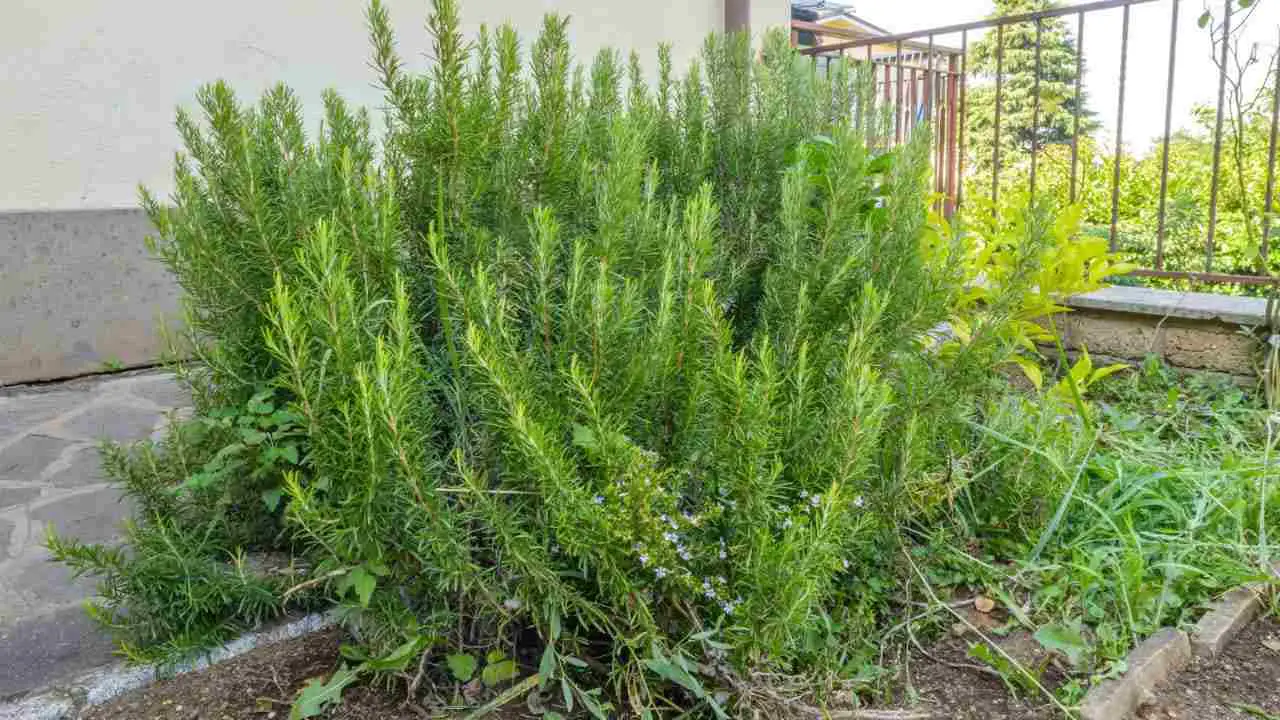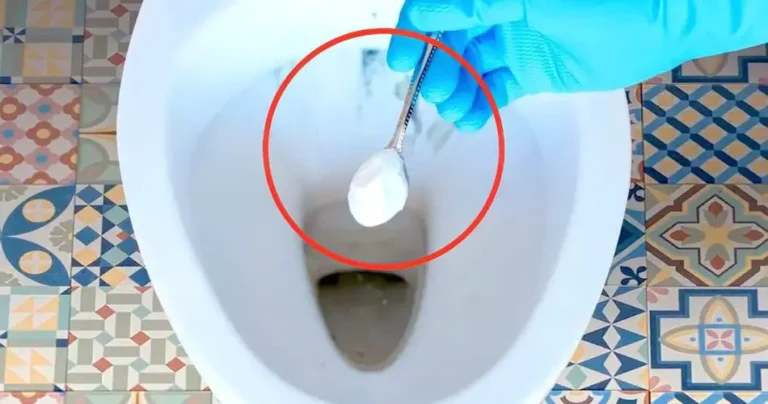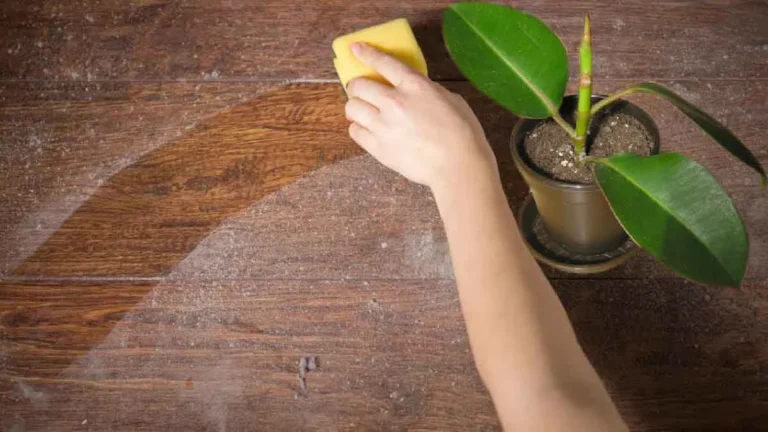Rosemary, here is every gardener’s rule to have it abundant and lush
Rosemary is a resistant and easy to grow aromatic plant. However, there is a trick to have it more abundant and lush. Find out below.
By following the rules that gardeners adopt, your rosemary can always be ready for use on your windowsill.
Rosemary: what is it for?
Rosemary has multiple uses and benefits, which is why it is one of the aromatic plants most potted on our balconies, windowsills and terraces. The plant has a long history of culinary and therapeutic use , offering a wide range of health benefits and a delicious aroma.
Rosemary is widely used in cooking for its distinctive aroma and flavor . Its aromatic leaves can be used fresh or dried to flavor a variety of dishes, such as roast meats, poultry, potatoes, vegetables, breads and sauces. Adds a touch of freshness and depth to many recipes.
Additionally, rosemary essential oil is used in aromatherapy for its stimulating and invigorating effects. It is believed to have properties that improve concentration, relieve stress, reduce mental fatigue, and promote mental clarity.
The pungent odor of rosemary can act as a natural repellent for some insects . You can rub rosemary leaves on your skin or burn some to keep unwanted insects away.
Although it is a fairly simple aromatic plant to grow, gardeners use some important tricks that we are going to reveal to you below.
How to grow it
The first secret of gardeners to have a rosemary plant that is always healthy and lush is represented by the choice of soil . In fact, as soon as you buy the seedling, it should be transplanted and placed in a larger pot, with adequate soil. Rosemary thrives in well-drained, sandy soil with a pH between 6 and 8. Make sure the soil has good drainage capacity to prevent water stagnation.
Once this step is completed, the pot should be placed in full sun since it is an aromatic plant that needs at least 6-8 hours of direct sunlight a day to grow healthily.
A no less important factor is irrigation. It is a drought-resistant plant and prefers slightly dry soil. Water the plant moderately only when the soil is dry on the surface. Avoid flooding the soil, as excess water can cause root rot.
To maintain a compact shape and promote growth, pruning is also important. Spring pruning is especially important to remove dead or damaged parts after winter.
It does not require much fertilization . You can apply a slow-release fertilizer in early spring to provide light nutrition throughout the growing season.






